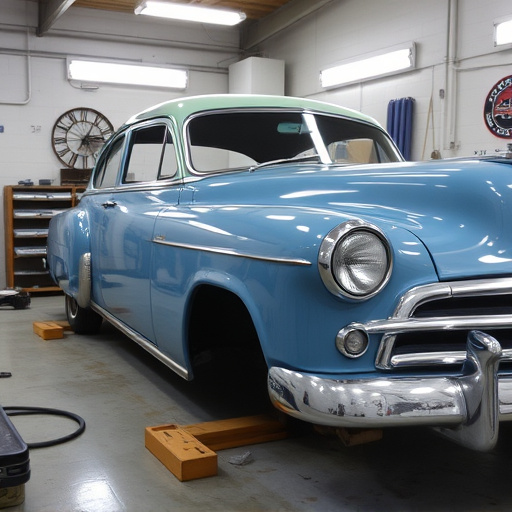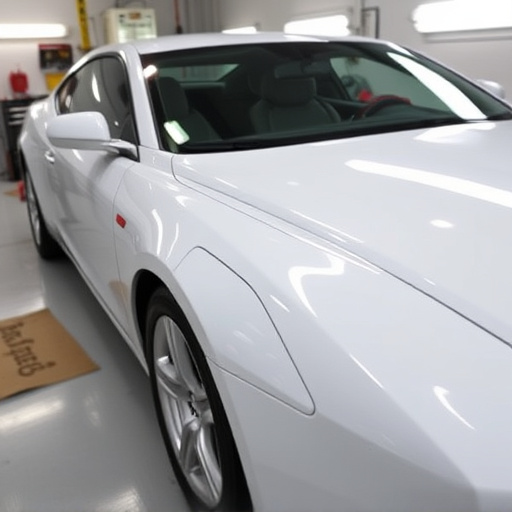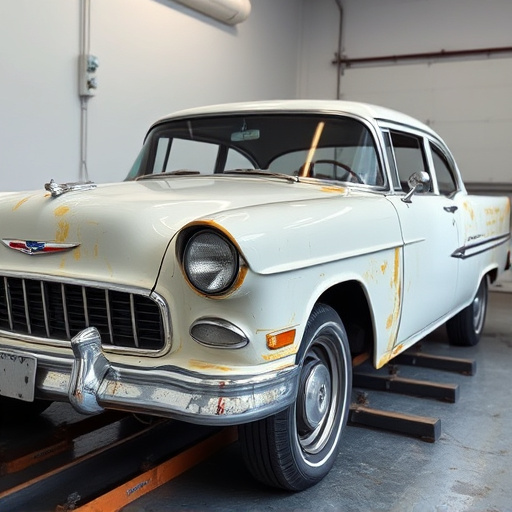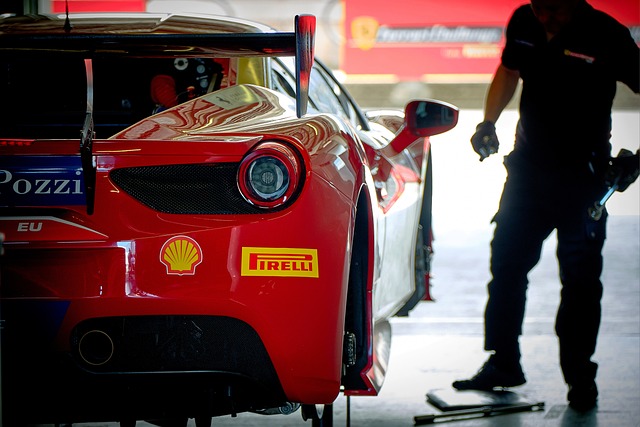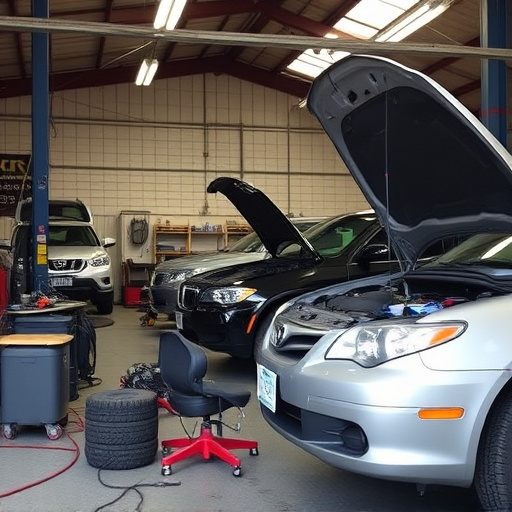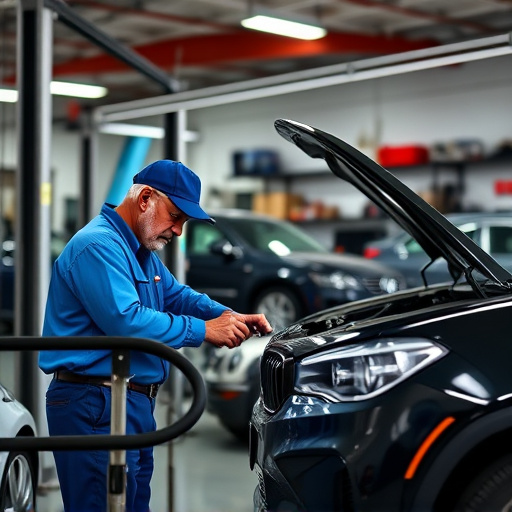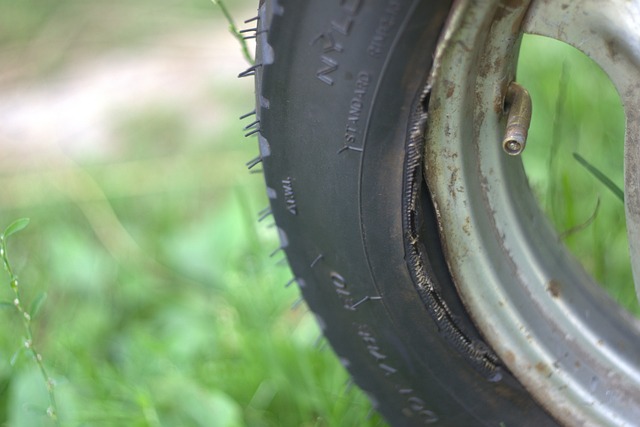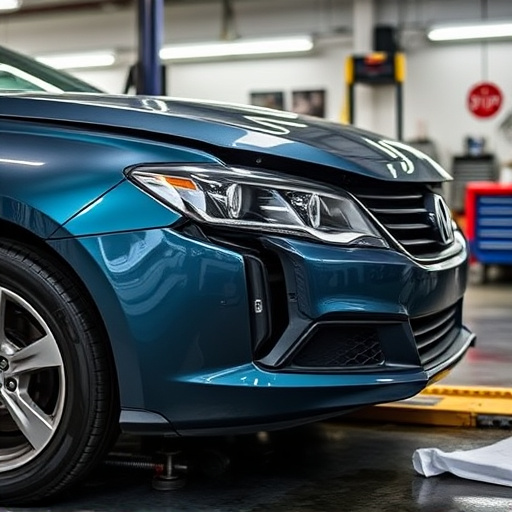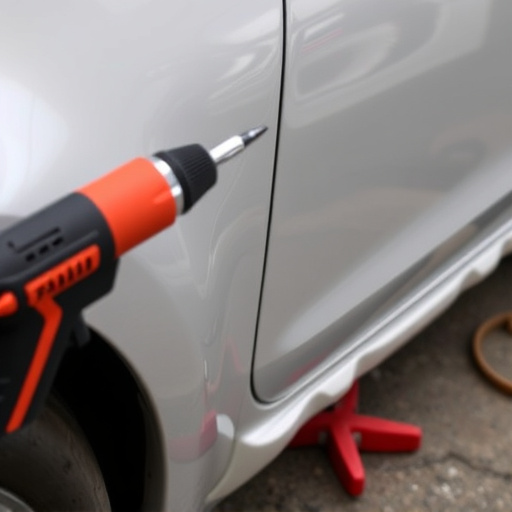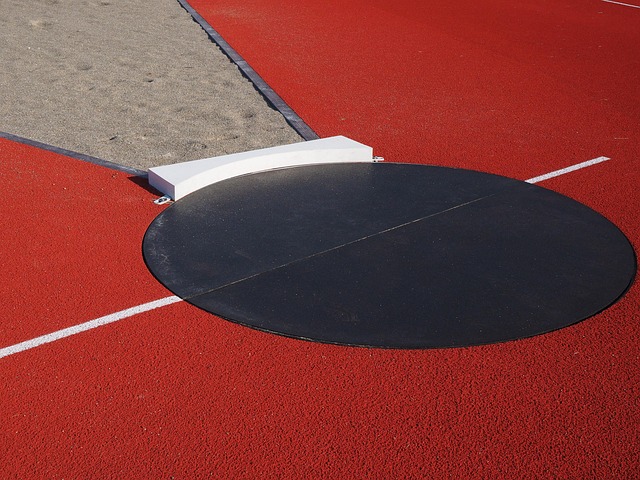Obtaining frame repair certification is a key step for auto enthusiasts aiming specialized roles in vehicle structural maintenance and restoration. Programs teach essential skills like metal straightening, welding, and structural analysis through practical training using real scenarios, lasting from weekend workshops to several-month courses. Efficient training combines hands-on and theoretical lessons, optimizing learning outcomes while catering to specific brands like Mercedes for streamlined education.
Looking to jumpstart your career in auto body repairs with a frame repair certification? This guide breaks down everything you need to know about training time. We explore the core requirements for obtaining a frame repair certification, revealing the average time investment required for successful completion. Additionally, discover actionable tips and strategies to optimize your training duration and fast-track your journey towards becoming a certified professional in the dynamic field of frame repair.
- Understanding Frame Repair Certification Requirements
- Average Time Investment for Certification Programs
- Optimizing Training Duration: Tips and Strategies
Understanding Frame Repair Certification Requirements
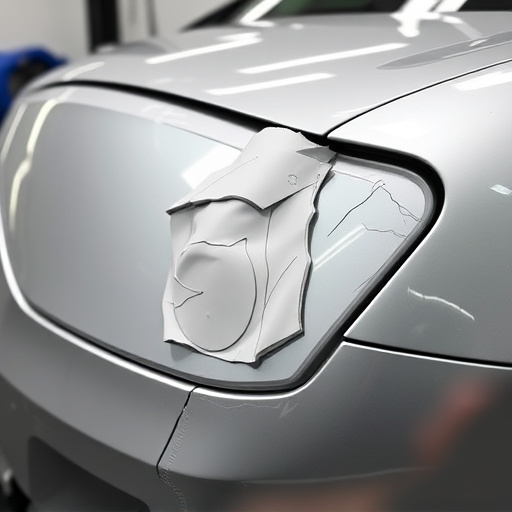
Obtaining a frame repair certification is a significant step for anyone looking to specialize in this crucial aspect of automotive maintenance and restoration. Understanding the requirements is essential before diving into any training program. Frame repair certification programs are designed to equip individuals with the knowledge and skills needed to handle complex vehicle structural damage, from minor dents and dings to major accidents.
The process involves mastering various techniques such as metal straightening, welding, and structural analysis. Students learn how to assess frame damage, choose appropriate repair methods, and ensure the safety and integrity of the vehicle post-repair. Many certification programs also emphasize practical training, providing hands-on experience with real-world collision scenarios. For those seeking professional development in auto repair near them or collision repair services, these certifications open doors to career advancement opportunities, including positions in body shops, dealerships, or even specializing in car dent removal for high-end vehicle restoration.
Average Time Investment for Certification Programs

The average time investment for frame repair certification programs varies significantly depending on the course structure and level of depth.
Most comprehensive programs designed to equip individuals with expert-level skills in frame repair typically extend over several weeks or even months. These courses often blend theoretical instruction with hands-on training, allowing students to gain practical experience under the guidance of certified professionals. For those seeking a more foundational understanding of auto body repairs and frame alignment techniques, shorter, weekend workshops or intensive week-long programs might be available, offering a quicker pathway to certification without sacrificing essential knowledge and skills. Ultimately, the time commitment required for successful completion and obtaining a frame repair certification is a reflection of both the program’s rigor and the learner’s dedication.
Optimizing Training Duration: Tips and Strategies
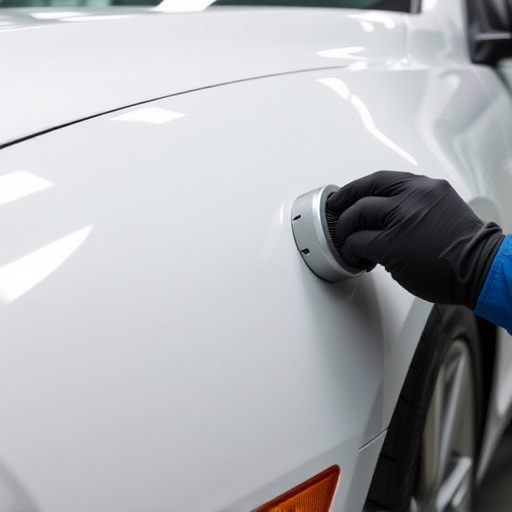
Optimizing Training Duration for Frame Repair Certification Programs can be a strategic process that ensures individuals gain the necessary skills efficiently. One effective strategy is to incorporate hands-on training alongside theoretical lessons. By combining classroom instruction with practical exercises, students can reinforce their understanding and reduce overall training time. For instance, practicing car scratch repair techniques in a controlled environment allows for faster learning curves compared to on-the-job training alone.
Additionally, modularized course structures that focus on specific aspects of frame repair, such as Mercedes Benz collision repair techniques, can streamline the certification process. This approach enables trainees to choose modules relevant to their interests or areas of expertise, eliminating unnecessary content and thereby shortening the overall training period. These strategies not only optimize time but also enhance the quality of education received, ultimately benefiting those aspiring to become certified frame repair specialists.
Obtaining a frame repair certification is a worthwhile investment for those looking to enhance their skills in the automotive industry. The average training time varies, but with dedicated effort and strategic planning, individuals can complete a program within a reasonable timeframe. By understanding the requirements and optimizing their learning journey, aspiring technicians can embark on a successful path towards becoming certified frame repair experts.
